Apple to revolutionize the phone interface, again, and Androids may follow (air gestures, AR camera)

Korean media is abuzz with supply chain and industry sources tipping that Apple will implement a revolutionary new interface navigation method on them, based on air gestures and 3D-sensing cameras. The work is apparently so advanced that Chinese phone makers are rushing to mimic whatever they think Apple has in mind for 2019.
We were wondering how all of a sudden a time-of-flight 3D-sensing rear camera landed in the new Oppo R17 Pro, for the first time in a phone, and today we may have one of the possible reasons for this unorthodox kit. At the time of unveiling, Oppo said that the ToF stereo 3D rear cam can be used for gesture navigation and AR purposes, fitting perfectly with the narrative here.

Plenty of companies have been working on this, too, as you can see from Microsoft Research's demo on an oldie Samsung phone below, and what it does with just the standard RGB main cam - zoom, swipe, or flick.

It's not the first time Chinese makers are attempting something similar - after the iPhone X landed with a big notch at the front, housing the Face ID set, we now have tens of notch-y models with some sort of facial recognition unlocking. Not only that, but handsets like the Mi 8 Explorer Edition and Oppo Find X also include real 3D structured lighting face recognition at the front, like what Apple's TrueDepth camera does.
It's also not the first time we are hearing about a potential ToF rear camera on the back of next year's iPhones. That's precisely the triple-camera setup analysts and supply chain sources have been talking about for a while now. Let's not forget that the Galaxy S10 is also expected to feature a tri-camera model next year, so where there is smoke, there might be AR fire, too. Everyone may be forced to respond to Apple implementing a breakthrough navigation tech, according to a source in the parts supply chain:
A company, a Chinese smartphone maker, is looking for a countermeasure, and Taiwan maker B is planning a business to supply multi-hovering parts to Android smartphone makers... The industry is busy.
The parts industry says that Apple has cracked the code of multi-finger hovering gesture recognition by increasing the capacitive touch sensitivity from 30mm to 50mm and eliminating the problem of ghosting touches somehow. Coupled with the AR/VR rear camera(s), this could lead to virtual objects scanned with the ToF camera to be manipulated smoothly on the screen without touching it, for instance. Apple has plenty of patents filed in the last two years that detail how a 3D-sensing, touchless interface would work, including for gaming. Here's what one of these 3D depth mapping patents says:
Such depth mapping may be applied to interactive video games. For example, a subject may interact with a game by making various gestures with his hand, and depth mapping may be used to identify the gestures.
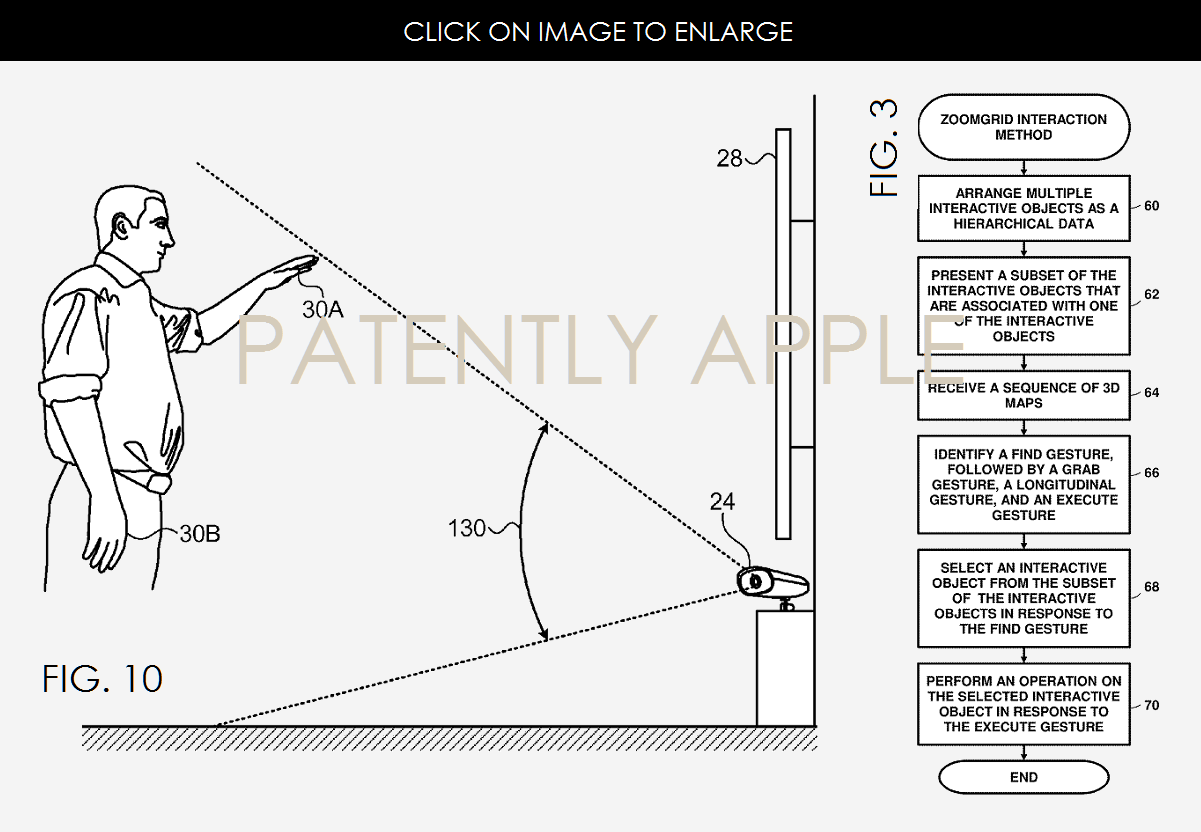
The distance-aware display of the 2019 iPhones could also remove the need for a proximity sensor, and so on. The possibilities are endless, and we can't be more curious to see what Apple and the Android gang do with this Minority Report tech. We hope it looks like that PrimeSense promo video below - after all, Apple bought out PrimeSense, and its engineers have been involved in filing Apple's depth interface patents. Now, what will Apple call it, if 3D Touch is already taken?






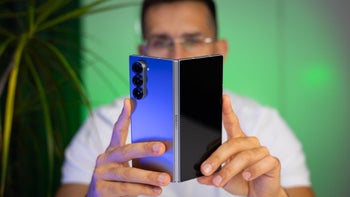
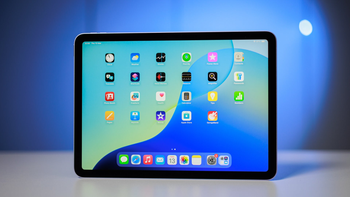
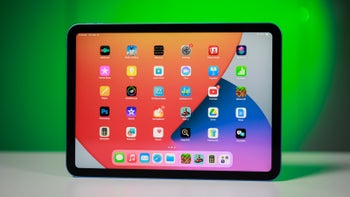
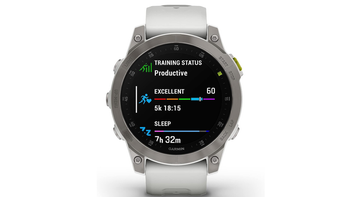
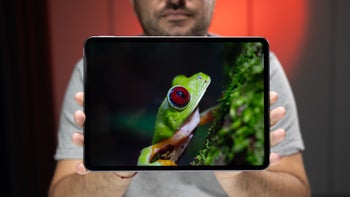
Things that are NOT allowed: